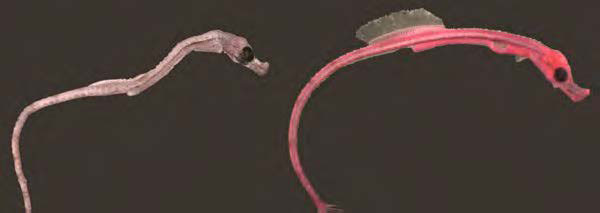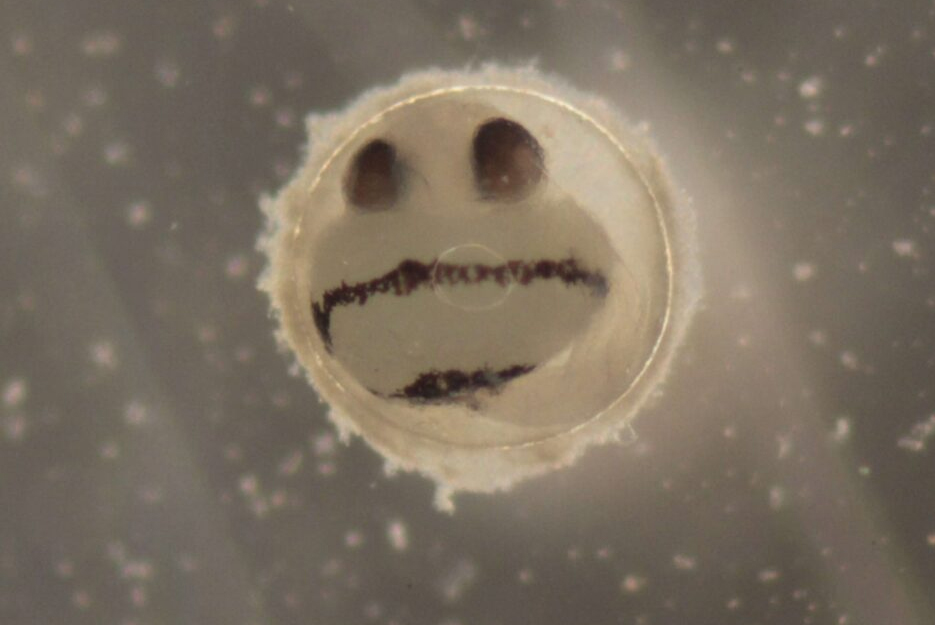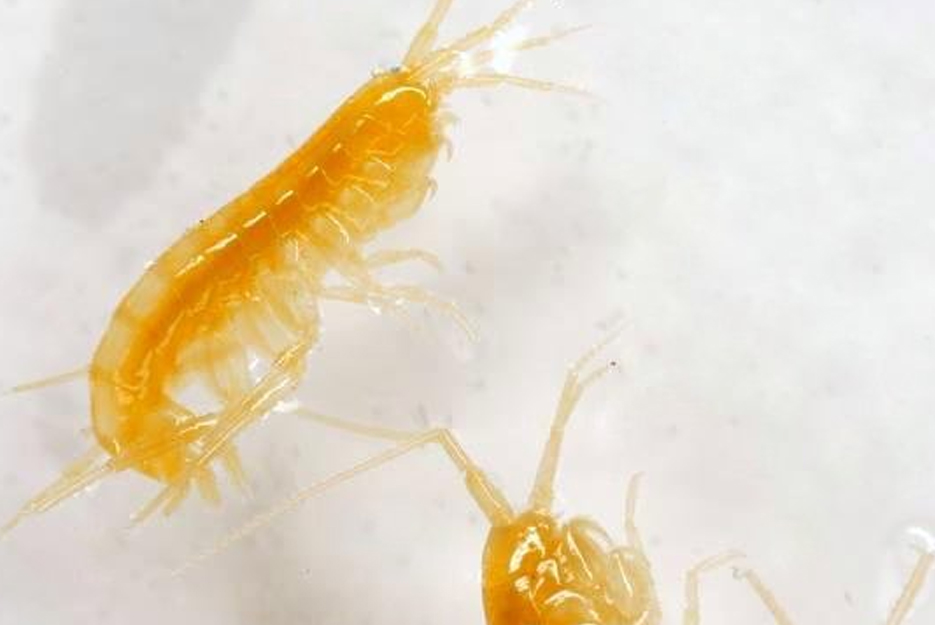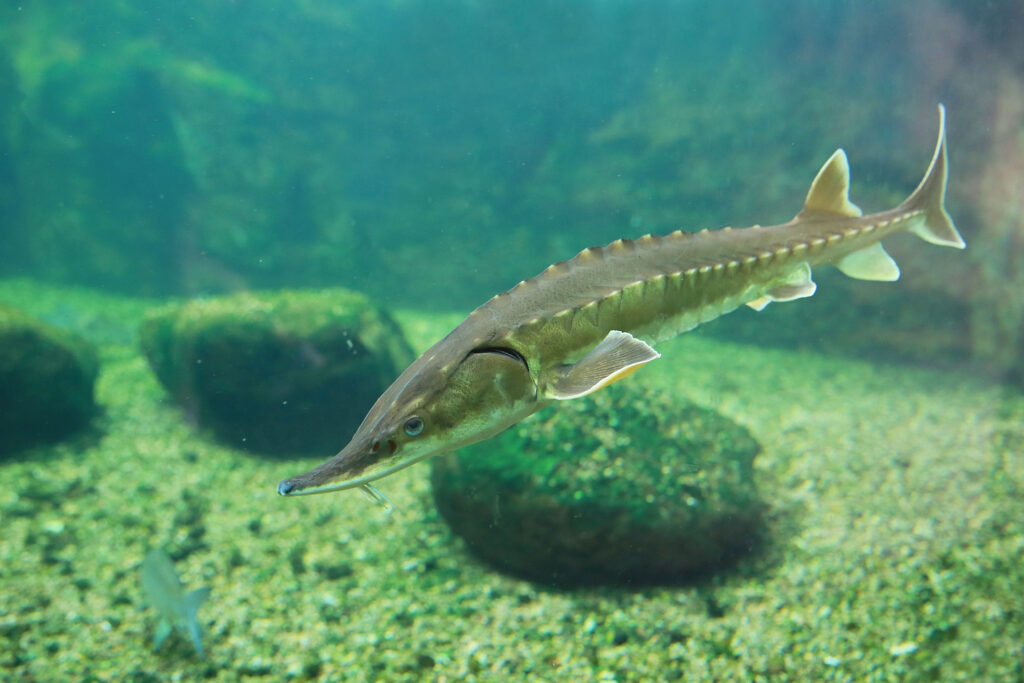The Northern Pipefish is a fish found in many of Normandeau’s marine ichthyoplankton projects. This slender species inhabits seagrass beds, where they are a master of camouflage, orienting themselves vertically and swaying with the water movements imitating blades of grass. Their success at this means that they have few predators—which is fortunate, because like their seahorse cousins, they are poor swimmers.
Seahorses are the more well-known members of family Syngnathidae (made up of pipefishes, seahorses, and sea dragons), but pipefishes are more widespread and diverse with about 200 species found in tropical and temperate regions. The family resemblance is obvious: All pipefishes have a tiny mouth and a tubular, fused snout, which is the namesake of their lineage (syn for together and gnath for jaw). They use these biological straws (quite safe for the environment!) to suck up tiny crustaceans, fish eggs, and other small plankton. Unlike a seahorse, the Northern Pipefish has a tiny caudal fin (although not all pipefishes do), but like a seahorse, the dorsal fin does most of the work while swimming. The latter is probably part of why, despite being laid out horizontally in “proper” fish fashion, the pipefish is still a weak swimmer.
In addition to sharing their equine-appearance, pipefishes share the unique breeding habits of seahorses and leave parenting to the males. But how they handle it varies: In some species, males just have a brood patch that the eggs stick to, some have a partial pouch, and some have a full pouch. The Northern Pipefish possesses a partial pouch under the tail; so it’s easy to sex an adult pipefish—pouch or no pouch! Females spawn between April and October, laying their eggs in the pouch, and the male incubates them for about two weeks. Pouches don’t just protect the eggs—they aerate them and provide nutrients.
The Northern Pipefish is listed as “Least Concern” and its main threats are habitat loss due to urban development and pollution, which degrades its seagrass habitats. Northern Pipefishes migrate seasonally from estuaries and shallow waters in the spring through fall to deeper nearshore waters in the winter. They range from the Gulf of St. Lawrence in Canada down to northeastern Florida; so they are a familiar face in our projects!



